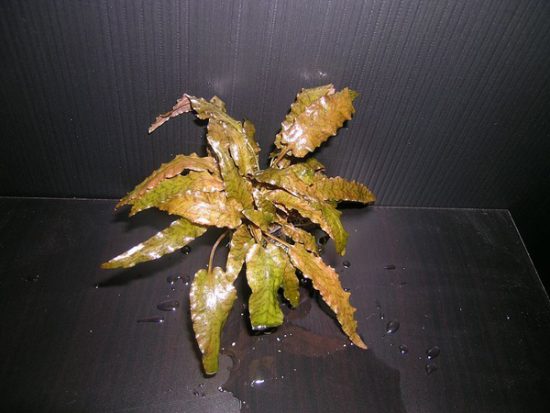


But since fluorescence is due to a specific chemical, which can also be synthesized artificially in most cases, it is sufficient to describe the substance itself as fluorescent. The latter may be referred to as biofluorescence, indicating that the fluorophore is part of or is extracted from a living organism (rather than an inorganic dye or stain). Its most common everyday application is in ( gas-discharge) fluorescent lamps and LED lamps, in which fluorescent coatings convert UV or blue light into longer-wavelengths resulting in white light which can even appear indistinguishable from that of the traditional but energy- inefficient incandescent lamp.įluorescence also occurs frequently in nature in some minerals and in many biological forms across all kingdoms of life. Fluorescent materials cease to glow nearly immediately when the radiation source stops, unlike phosphorescent materials, which continue to emit light for some time after.įluorescence has many practical applications, including mineralogy, gemology, medicine, chemical sensors ( fluorescence spectroscopy), fluorescent labelling, dyes, biological detectors, cosmic-ray detection, vacuum fluorescent displays, and cathode-ray tubes. A perceptible example of fluorescence occurs when the absorbed radiation is in the ultraviolet region of the electromagnetic spectrum (invisible to the human eye), while the emitted light is in the visible region this gives the fluorescent substance a distinct color that can only be seen when the substance has been exposed to UV light. In most cases, the emitted light has a longer wavelength, and therefore a lower photon energy, than the absorbed radiation. Fluorescent clothes used in black light theater production, Pragueįluorescence is the emission of light by a substance that has absorbed light or other electromagnetic radiation.


 0 kommentar(er)
0 kommentar(er)
